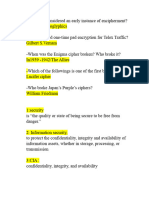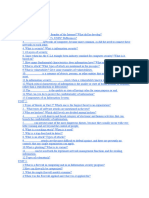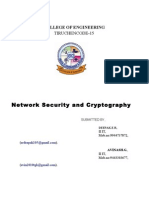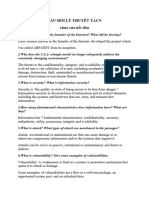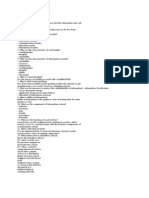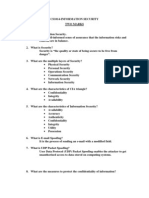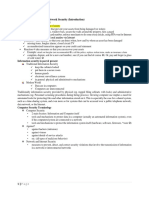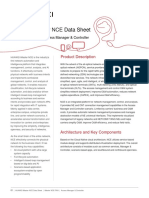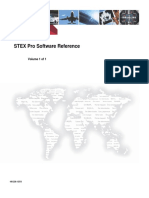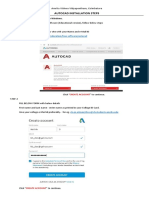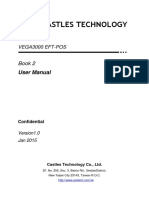0% found this document useful (0 votes)
15 views8 pagesForm
The document discusses critical characteristics of information, components of information systems, and various types of cyber attacks. It covers topics such as firewalls, intrusion detection systems, and cryptography, providing definitions and examples. Additionally, it explains the roles of hackers, security measures, and the importance of protecting information confidentiality.
Uploaded by
dothiminh190504Copyright
© © All Rights Reserved
We take content rights seriously. If you suspect this is your content, claim it here.
Available Formats
Download as DOCX, PDF, TXT or read online on Scribd
0% found this document useful (0 votes)
15 views8 pagesForm
The document discusses critical characteristics of information, components of information systems, and various types of cyber attacks. It covers topics such as firewalls, intrusion detection systems, and cryptography, providing definitions and examples. Additionally, it explains the roles of hackers, security measures, and the importance of protecting information confidentiality.
Uploaded by
dothiminh190504Copyright
© © All Rights Reserved
We take content rights seriously. If you suspect this is your content, claim it here.
Available Formats
Download as DOCX, PDF, TXT or read online on Scribd
/ 8
